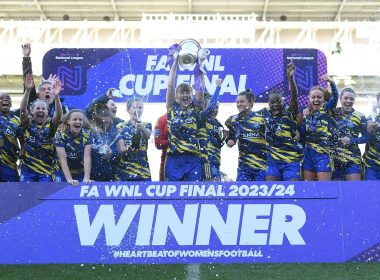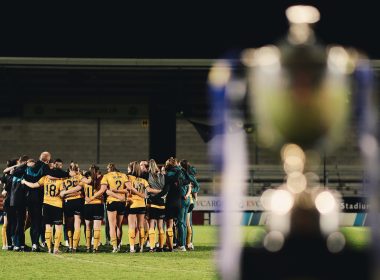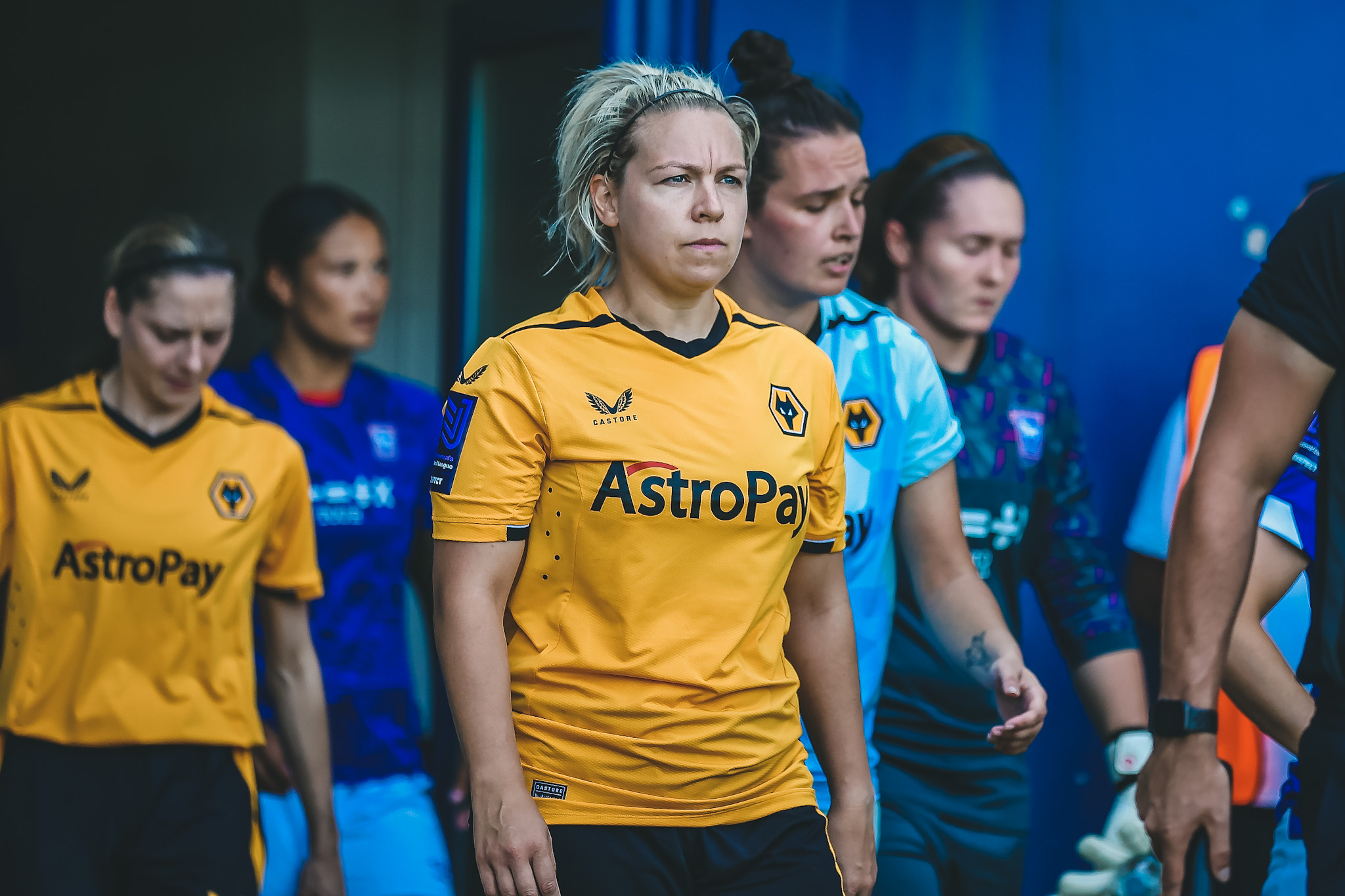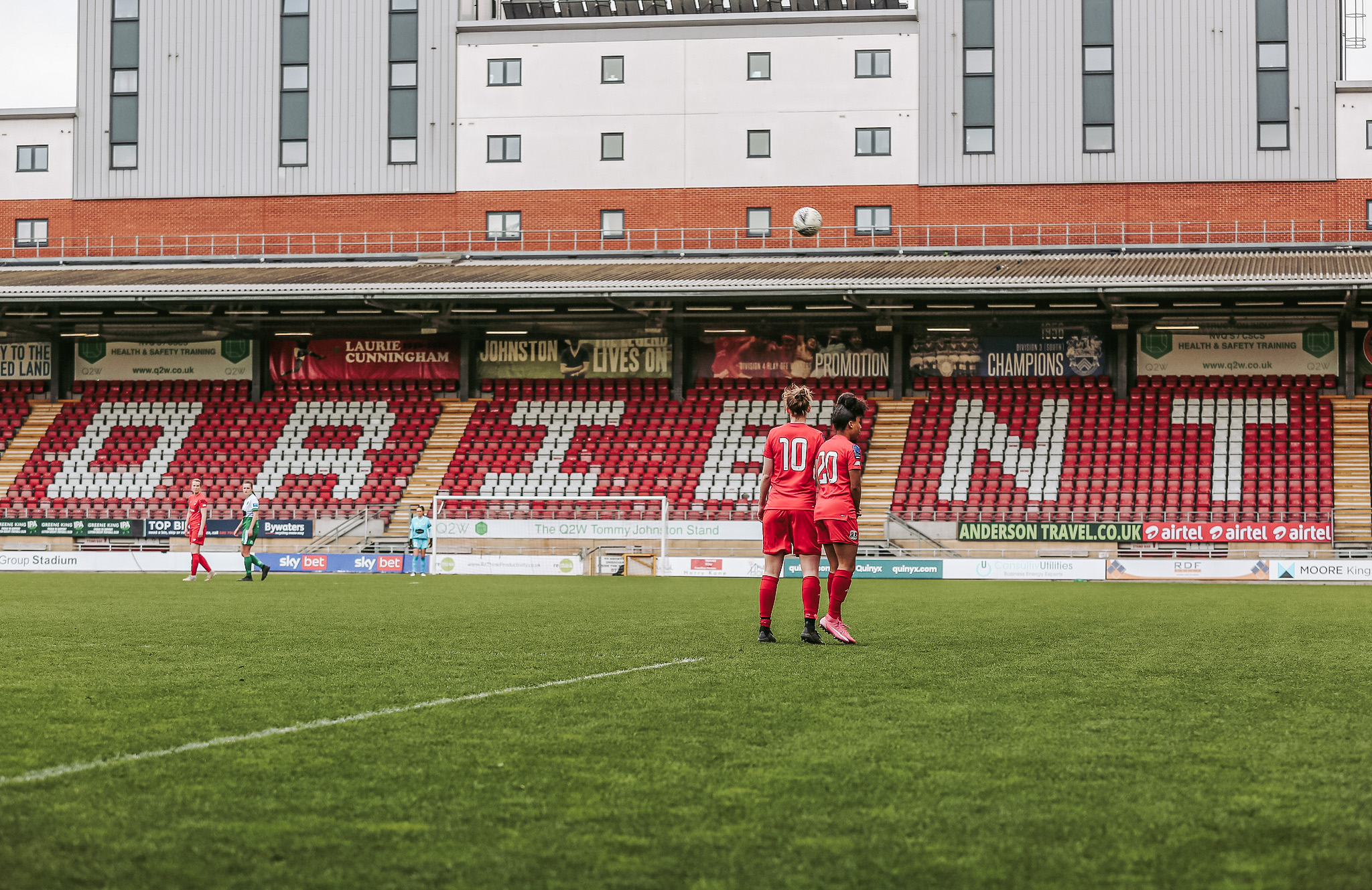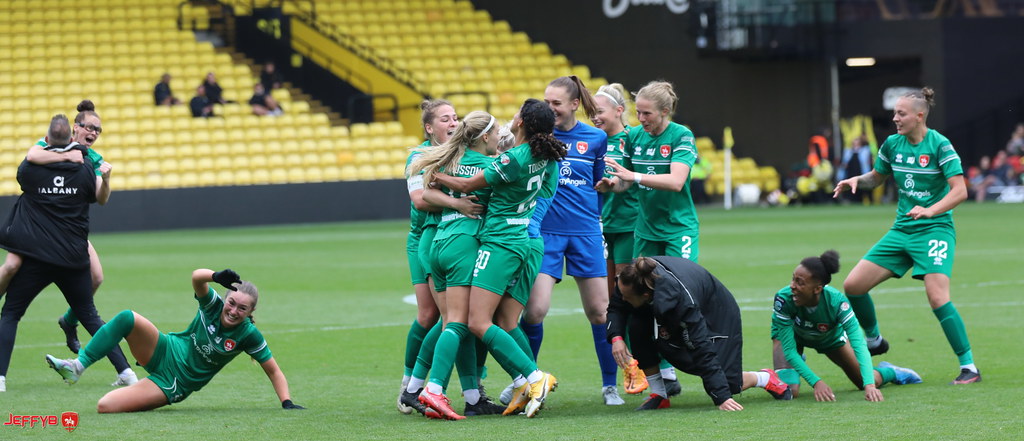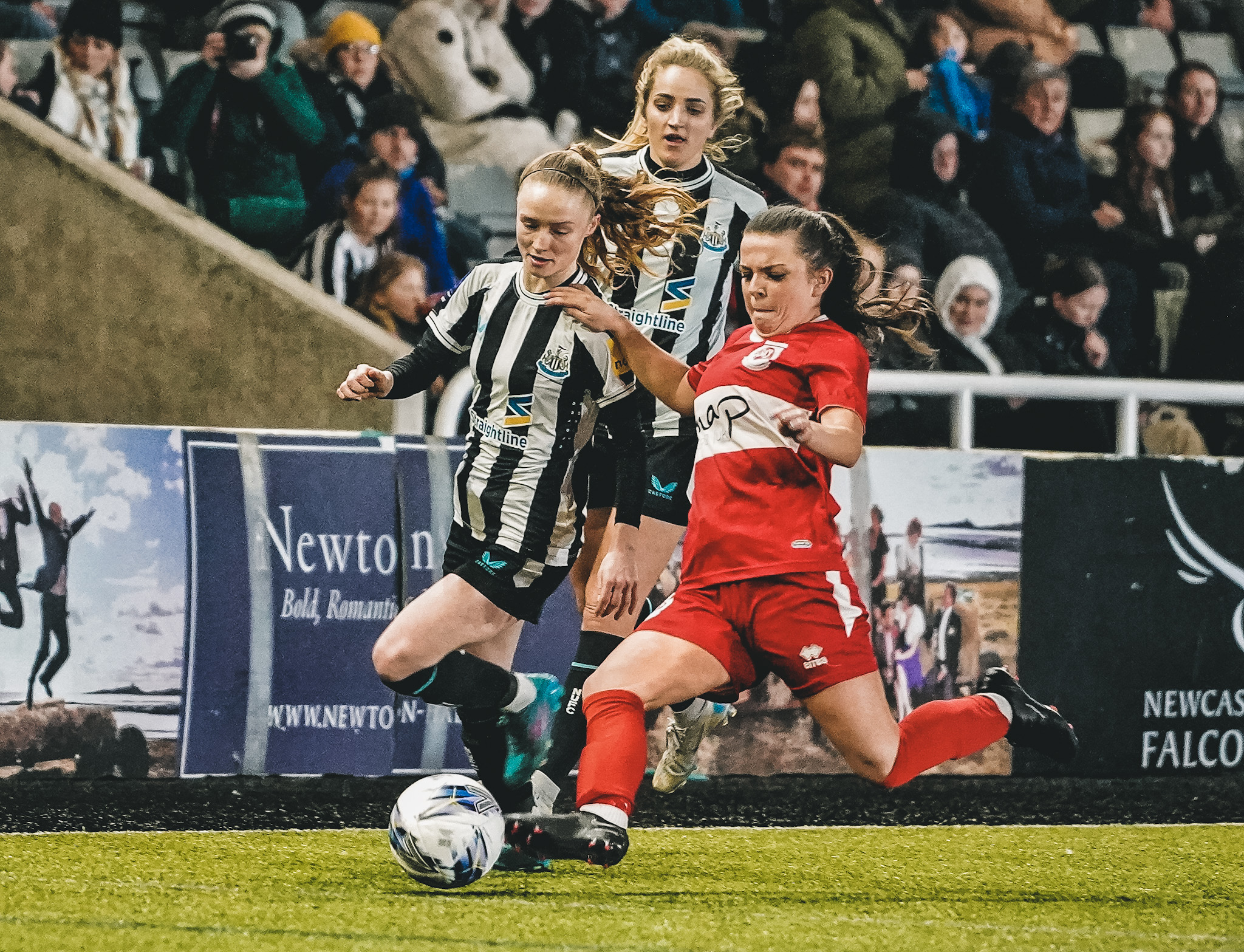Earlier this summer the FA WNL Strategy announced we have the League’s identified targets for the development of the game – this should be welcomed. The Strategy covers the following areas:
- Players: Developing the training, playing and overall environment players experience, so they can be the best they can be, on and off the pitch.
- Coaches and leaders: Developing coaches to be exceptional across the FA WNL, ensuring they are representative of society.
- Referees: Driving upwards the standard of refereeing alongside improving the opportunity and experience of match officials in the FA WNL.
- Club Development: Creating an inclusive, player-centred and sustainable club network.
- League Development: Ensuring the FA WNL keeps pace with the growth of the women’s game and offers the best-possible development opportunities to member clubs.
- Facilities: Ensuring FA WNL and clubs have access to the required infrastructure on matchdays, at training venues and off-field.
- Commercial: Defining the FA WNL’s commercial value and engaging with partners to grow revenues and inward investment.
- Marketing and Communications: Growing the reach and appeal of the FA WNL by increasing exposure and awareness through matchday activity and league channels, driving bigger attendances and league following.
In addition to the Strategy being announced it has also been confirmed that there is going to be additional financial support from the Premier League in the form of £1 Million/Season for the next three seasons. Whilst it is welcoming to see this funding and we must not turn our nose up at this, we do have to wonder how far that will go as that funding is only £14K/Club over the 72 clubs in the league. It’s presumed that those clubs without the support of established Men’s teams will get the focus of this support – hopefully this money will grow the Women’s game.
But what else needs to be addressed to grow the game? There are three big areas that I see that needs to be addressed by the FA/FA WNL/Clubs – these are: Promotion to the Championship; League Restructure, and Visibility. I wanted to discuss what I believe that the National League should look like moving beyond this upcoming season.
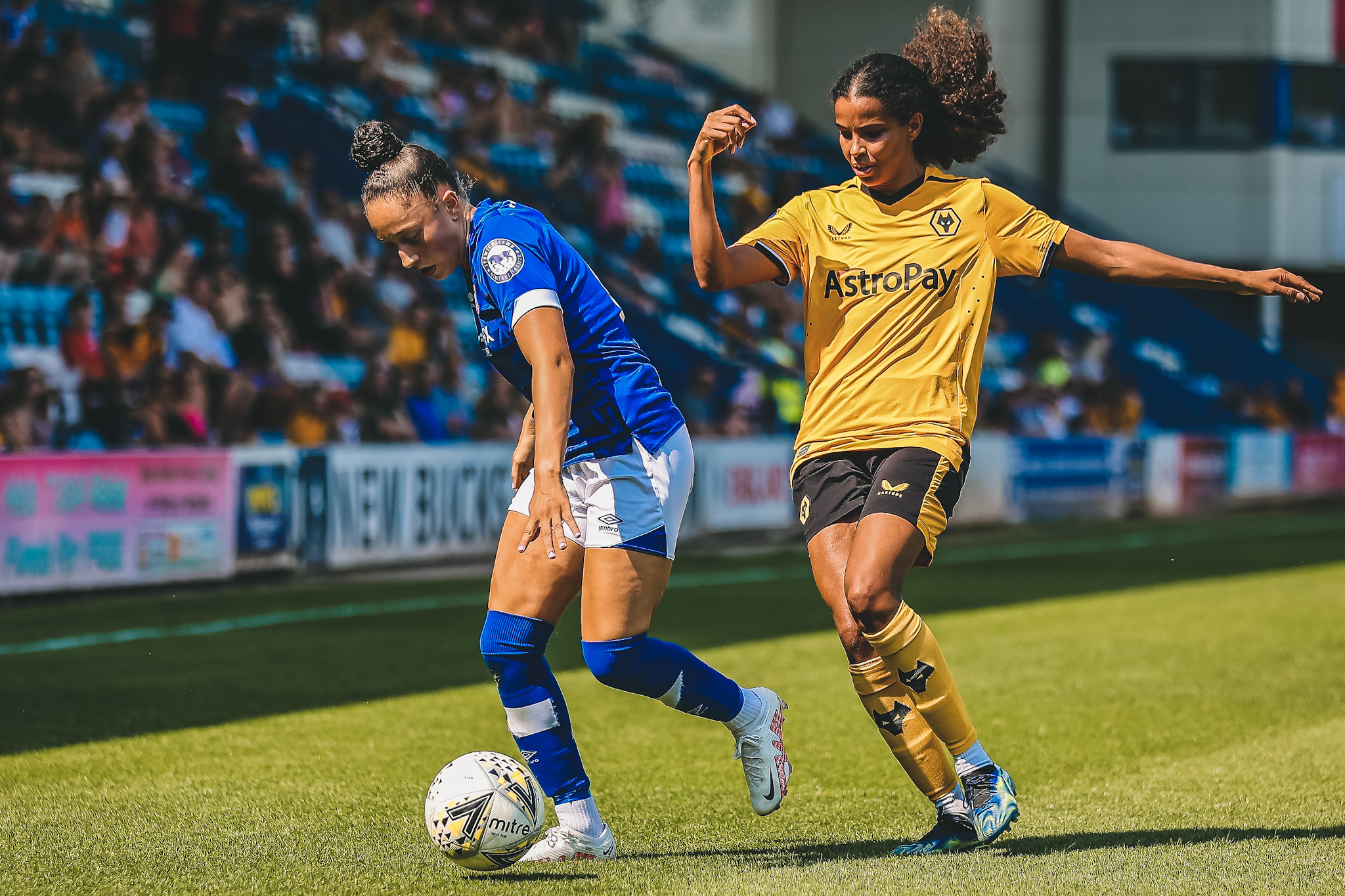
Promotion to the Championship
The current situation for those that don’t already know, is that the winner of a one-off play-off game between both Northern and Southern Premier League (tier 3) champions.
This year it was between Wolves and Southampton. Both teams have heavily invested in their women’s set-up and dominated their respective Premier Division. Sophia Pharaoh’s goal saw Southampton victorious after beating ten-woman Wolverhampton Wanderers 1-0 at Edgeley Park earning them promotion to the Championship.
I hope that the FA don’t take the interest in that game as justification for keeping this selective game. It is not acceptable that both the winners of the Northern and Southern Premier Leagues are not promoted and I am on record as saying this prior to Wolves’ defeat. This does not reward investing in the women’s team by clubs as they could win all their league games and lose just one game to miss out on promotion.
As we understand it the problem of the number of teams progressing upwards sits not with the National League, but with the Barclays Women’s Championship. As a member’s club, the Championship don’t currently want to relegate two teams from their twelve-team league. This is understandable, especially when there are not two teams relegated from the Women’s Super League to the Championship.
I see two ways of managing the situation, Expanding the number of teams in the leagues (two up, two down) or reorganising the league structure.
So, what is needed for two up and two down? As a bare minimum the Championship needs to expand to a fourteen-team league. This should occur at the end of the 22/23 season as that would bring additional teams into the Championship ahead of the 23/24 season and allow enough teams in the Championship for subsequent expansion of the WSL, which should occur in time for the 24/25 season (the first year of the next TV deal).
TV companies are enjoying the WSL and the viewing figures are higher than expected, so will want more games and more competition. At the moment they have three teams challenging for the top three spots, with Manchester United, and Tottenham Hotspur catching up with the “Big three” quickly: all good at the top of the table. With one relegation place there is less risk at the bottom of the table. However, increase the relegation spots and you increase the jeopardy and potential entertainment value for TV companies.
I would suggest Championship relegation remains with one team in the 22/23 season, with the top two teams being promoted and then the second-place teams have a play-off for a third promotion slot. This would produce a 14-team league in the second tier with the need for additional promotion from tier four to tier three.
The WSL should relegate one team in 23/24, with the top three teams in the Championship being promoted (so WSL would now be fourteen teams); then I would relegate the bottom two of the Championship and promote the top two from each of the tier three leagues. This would level the tier three leagues at twelve teams each; the expansion of these leagues should look to follow at a later date.

League Re-organisation
What I mean by reorganising the Leagues is to establish a new National League at Tier 3.
I would like to see the top eleven teams of the northern and southern division and merging into one national league. Those leftover clubs would then drop to the fourth tier – which I would split into a northern and southern league.
This ripple would be felt within the fifth tier and downwards and could be a good opportunity to freshen up those divisions.
However, this would require funding both from clubs and in the form of sponsorship of the League. As in theory, if you take the top six from the 2021/22 Northern/Southern Divisions you would have Fylde in the North, Southampton in the South and Ipswich in the East which are both over four hours journey time but realistically closer to five hours for coaches.
This means either early starts and late finishes which are not good for sporting merit or teams will need to travel the day before and have overnight stays. This obviously comes at a cost and means that it can only happen with investment which includes prize money for the clubs involved.
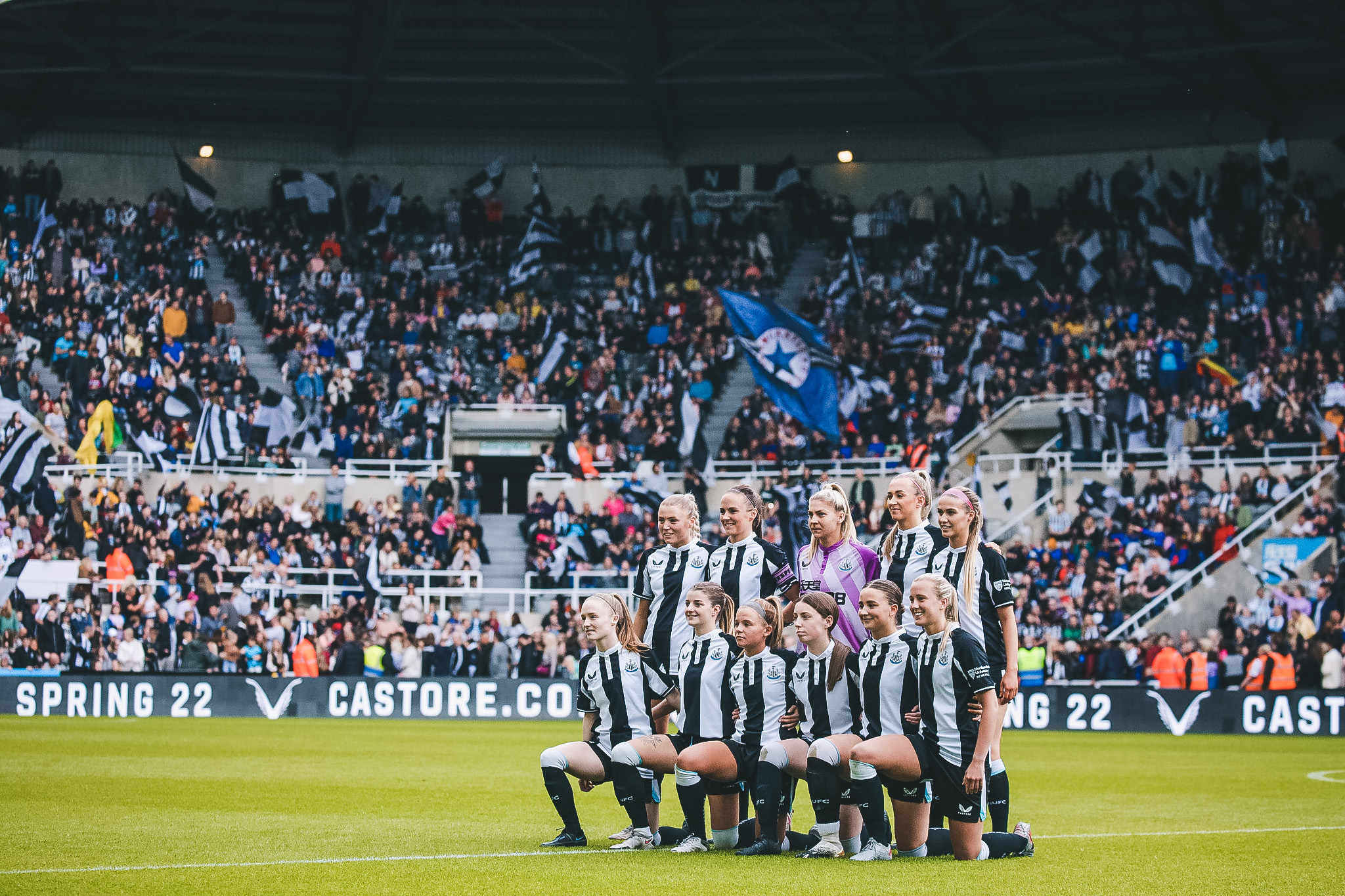
Visibility
With the increased interest from both the press and public as shown by increased TV and match day audiences, such as Newcastle having a record 20k match day audience. Clubs need to do more! Especially those formally associated with Men’s league clubs, starting with:
- Better promotion of the team (e.g., sharing the latest fixture) on the main club’s social media accounts.
- Make an atmosphere e.g., Fan Zones etc. for family activities including where possible designated areas for Home, Away & mixed fans.
- Use Women’s Players like Male players to help promote products in shops and sell products based around the Women’s team (e.g., Women’s shirts if different to Men’s team, include women’s league patches as well as men’s league patches).
Put on transport options for fans to attend games.
The FA also need to do more to improve the visibility of the FA WNL – starting with:
FA Player to broadcast a FA WNL match each week on the FA Player. As more Championship/WSL games are broadcast on TV/BBC Red Button this could free up slots on the FA Player for FA WNL games. Also to ensure that the FA Cup prize money is better distributed to support the early rounds/lower league clubs. We know there is increased funding, but there has been no announcement of the current distribution. Work with clubs to encourage the principal of the Away club selling tickets in advance to help encourage the development of away ends.
Whilst not FA WNL there needs to be more support for the Regional Leagues so that the clubs in these leagues are in a better position.
The future is bright within the FA WNL and it should, all being well, be in a much better position than it is now by the end of the Strategy, but there needs to be further strengthening of the structure. Increasing the strength of the league can only help with the further development of the implementation of the FA WNL Strategy. These are very much just my views and I’m sure others have different views and I welcome any debate.



